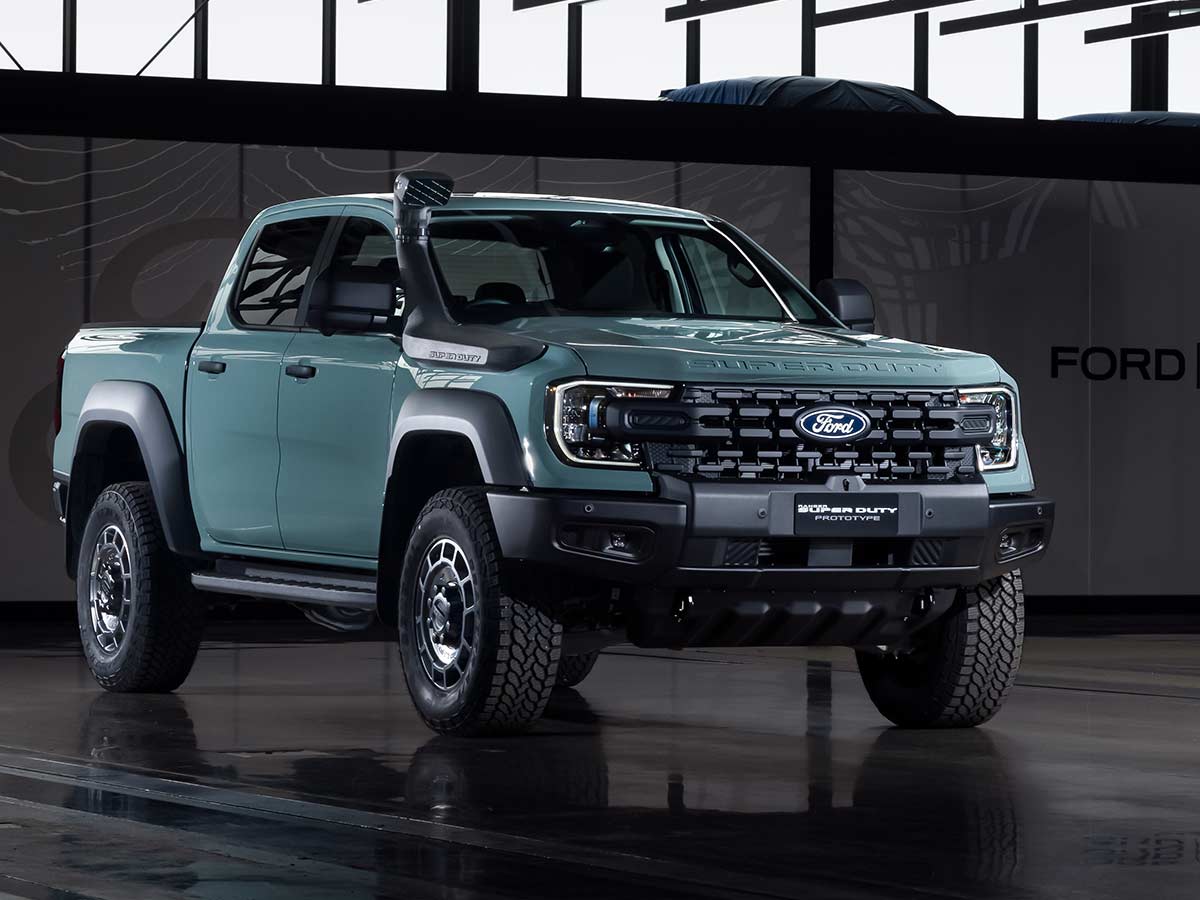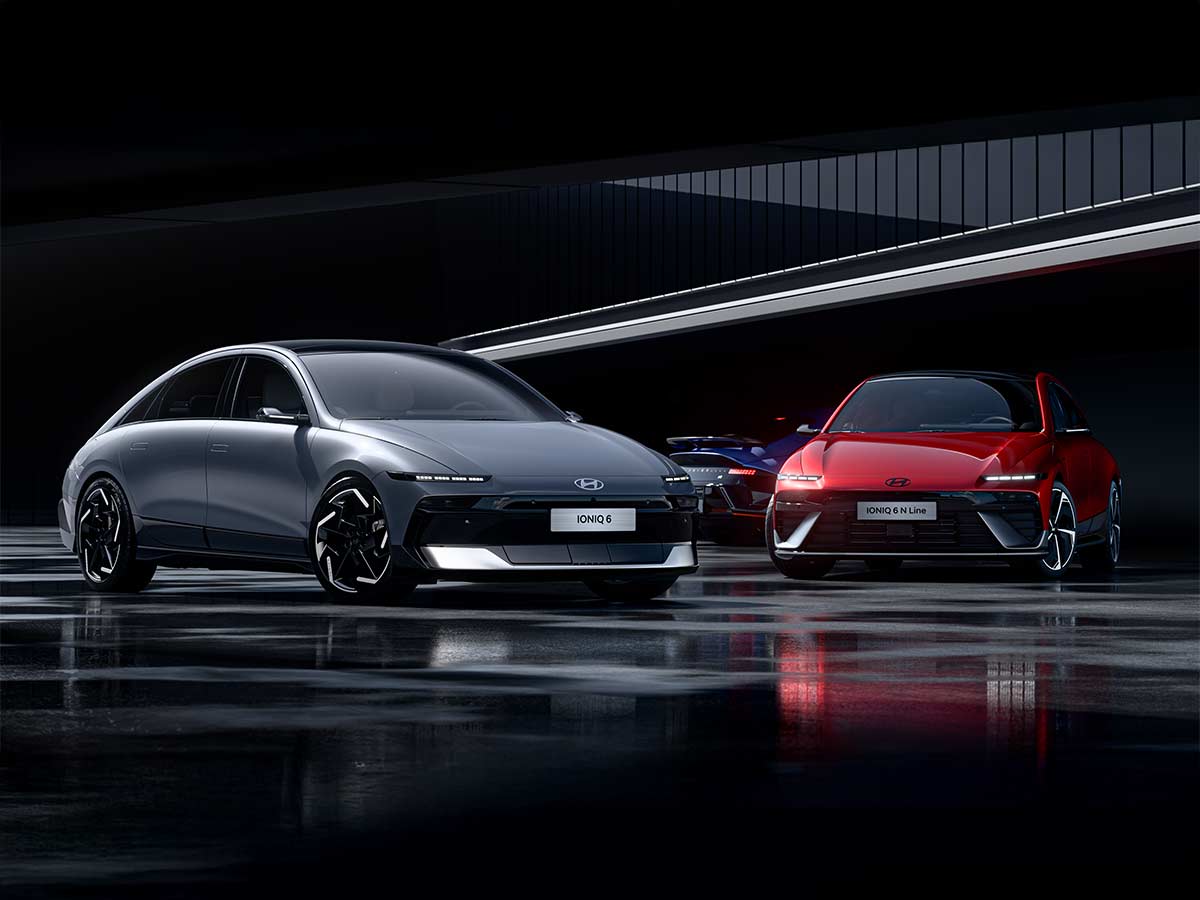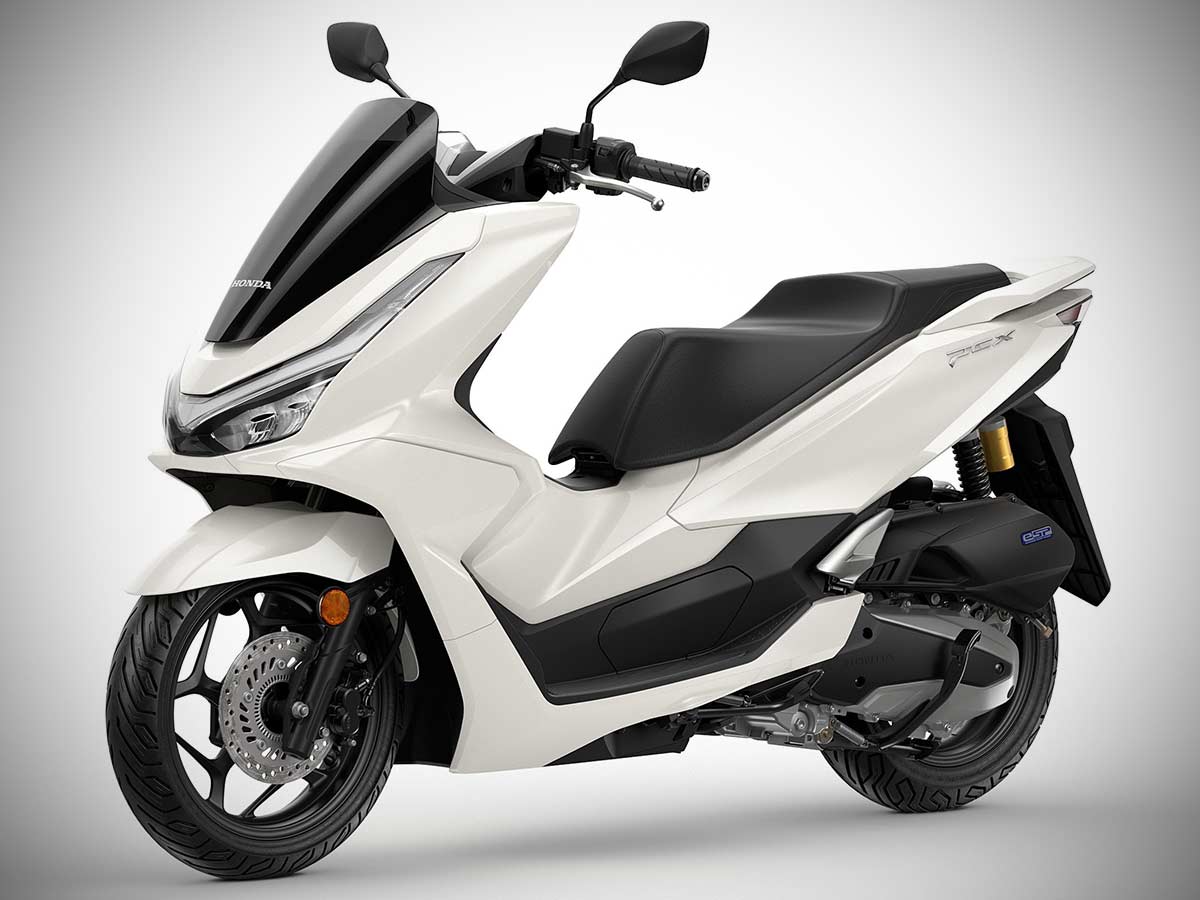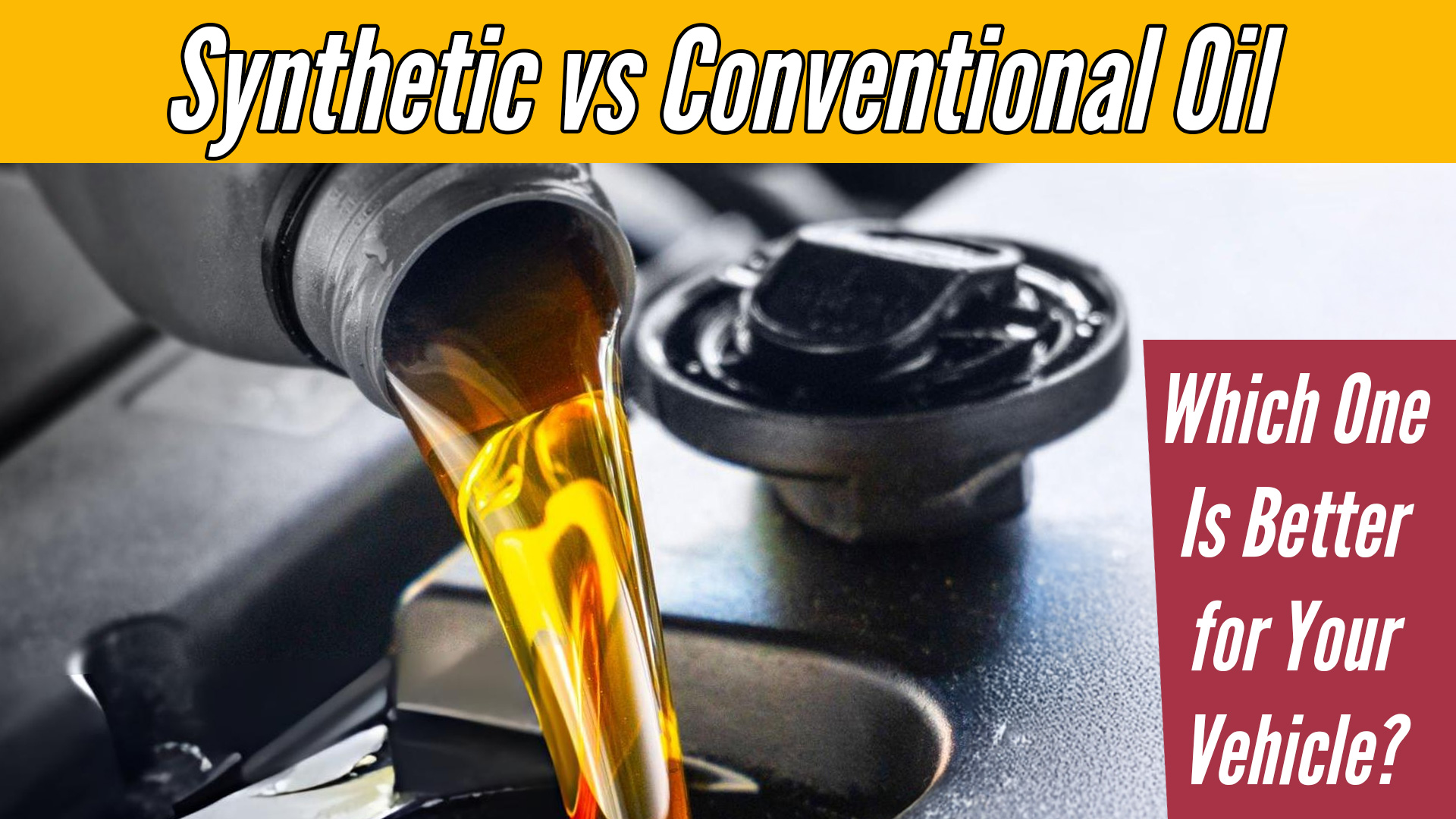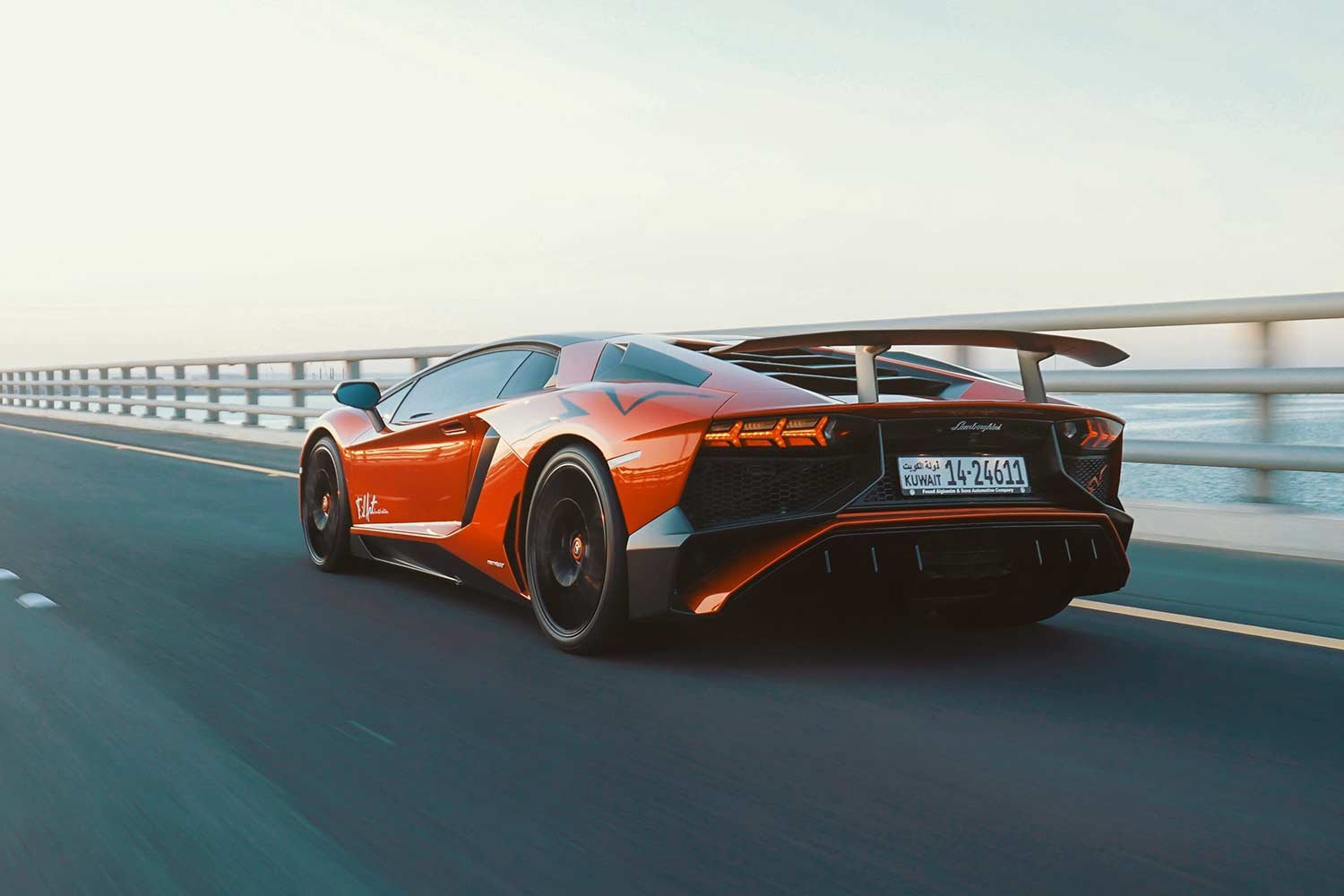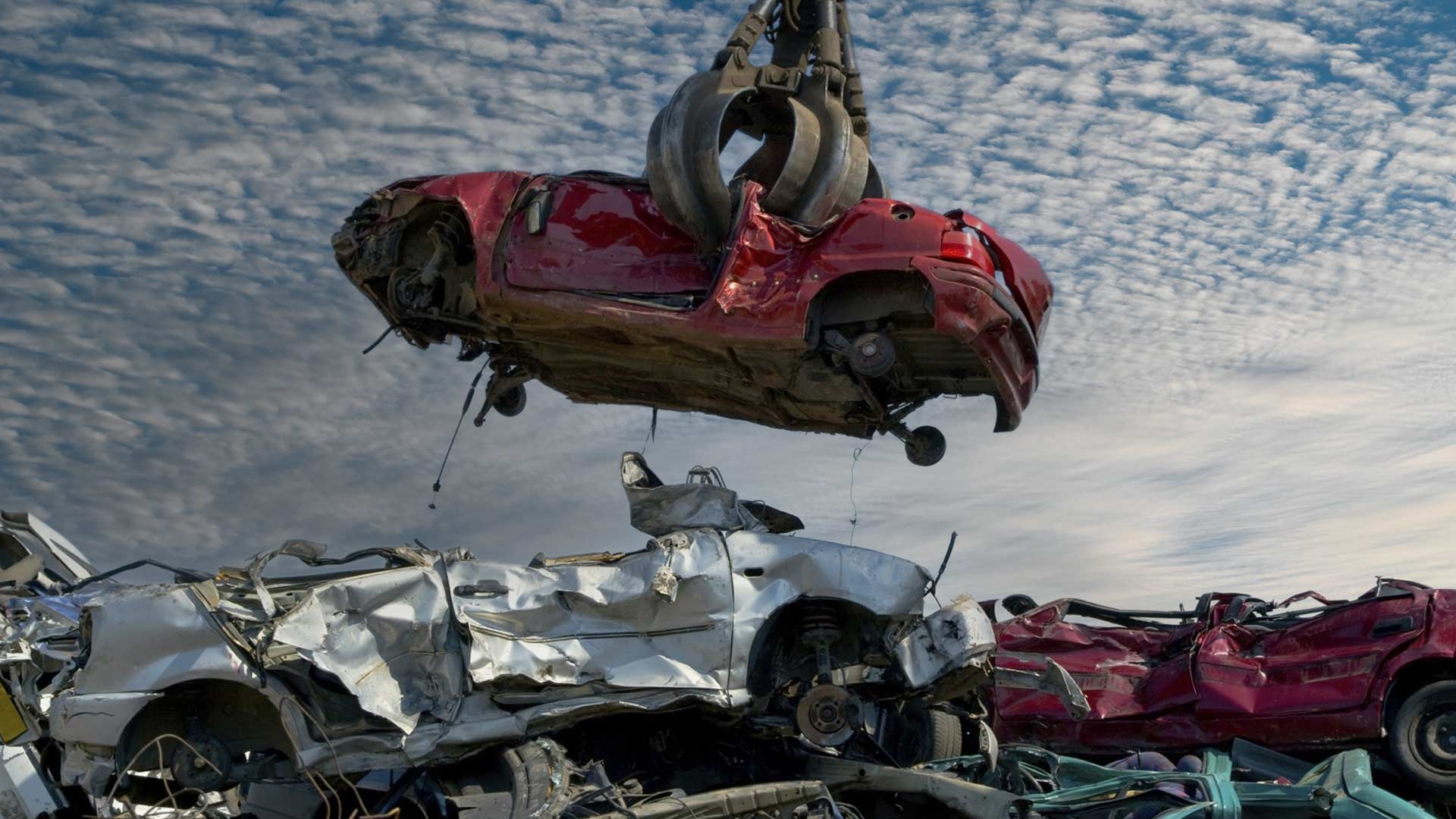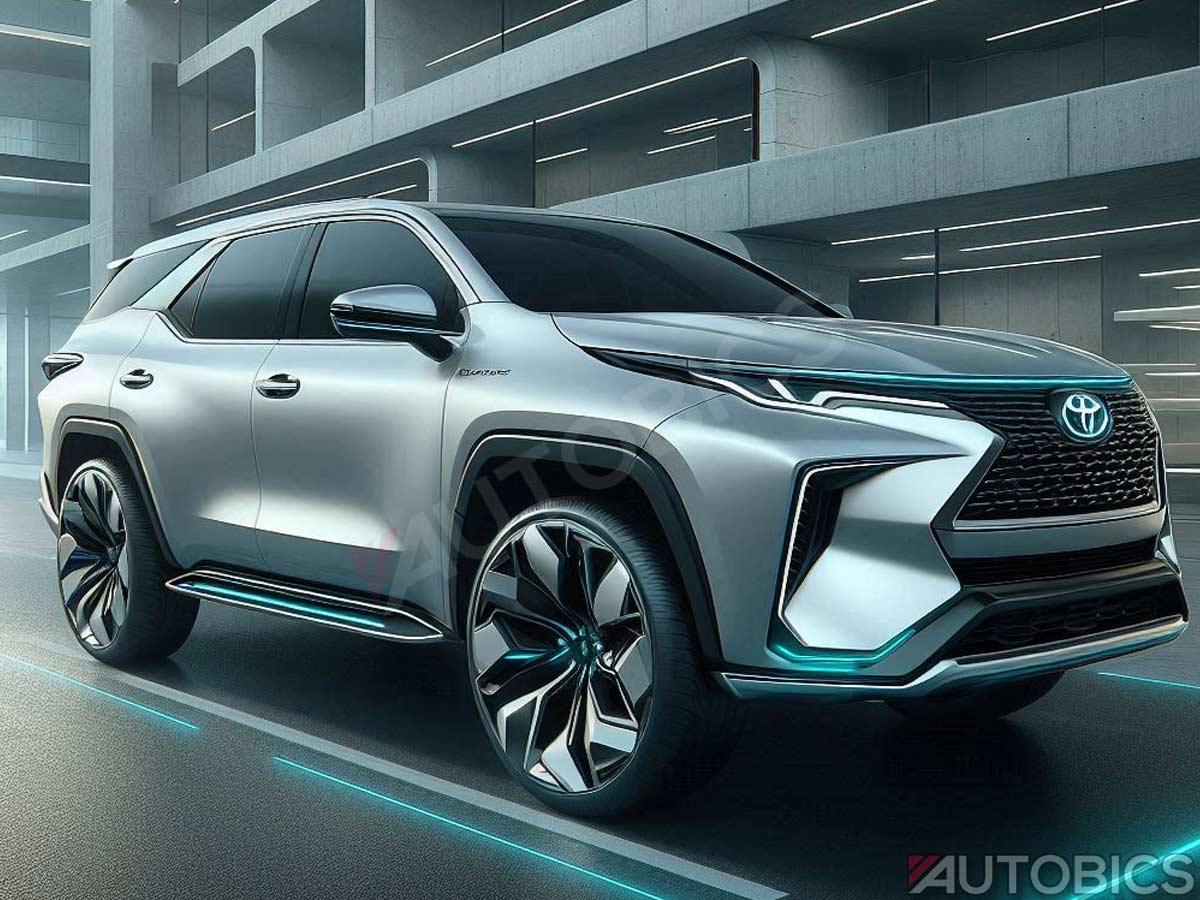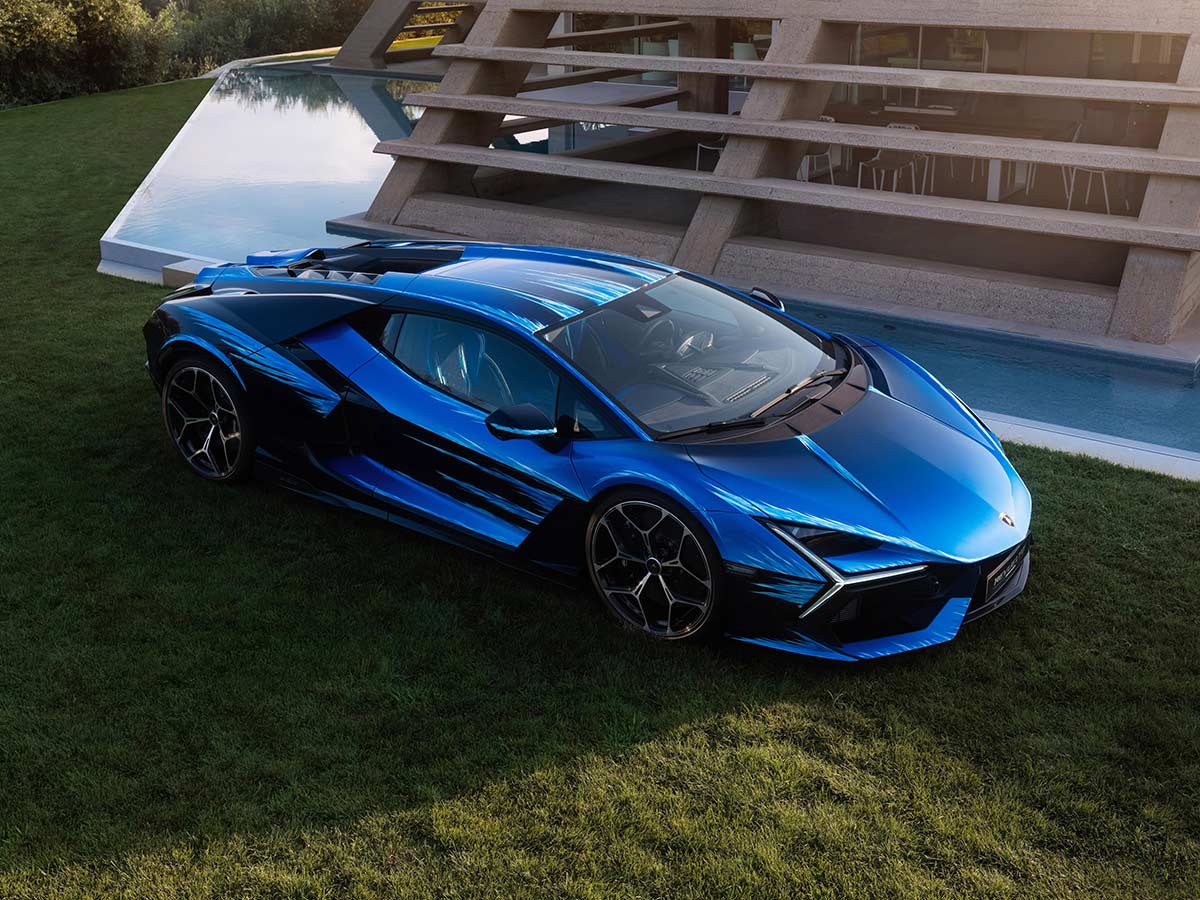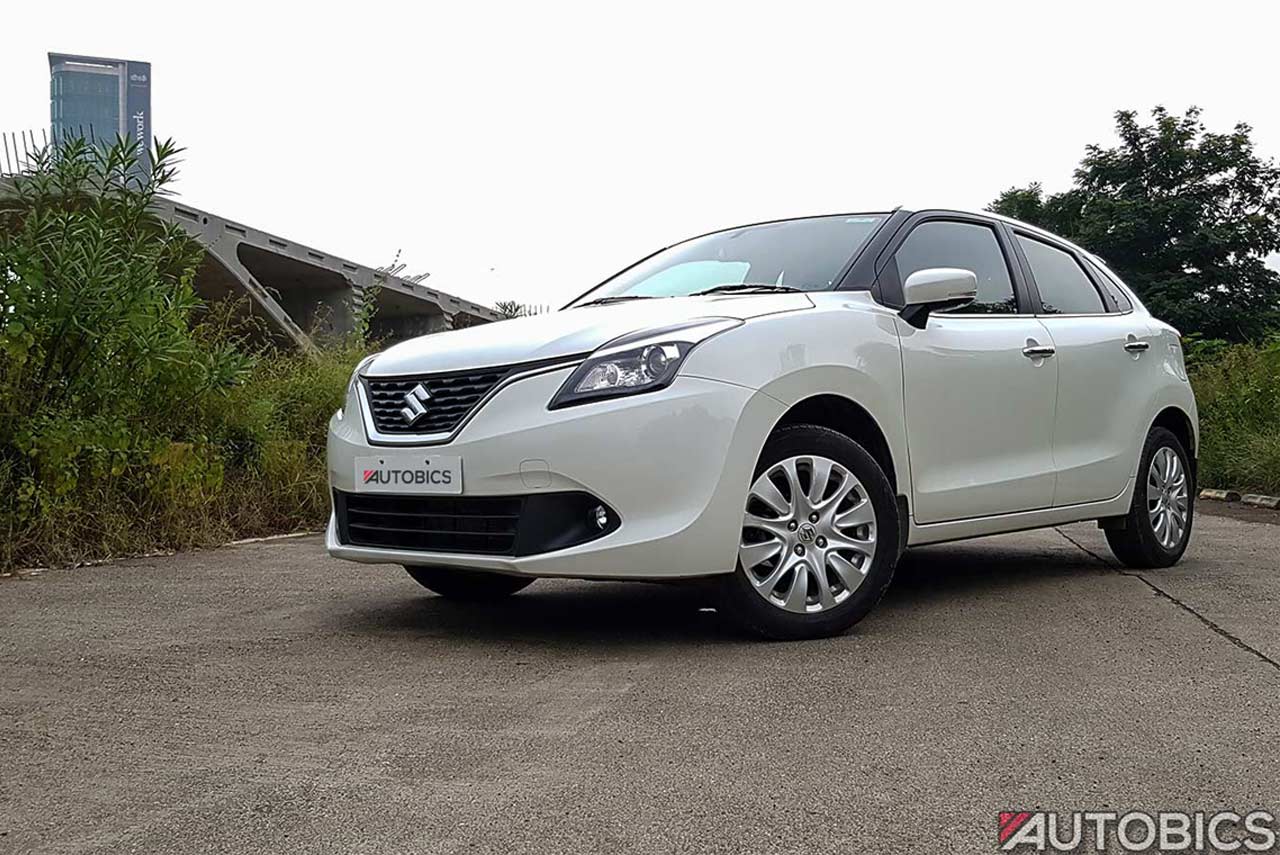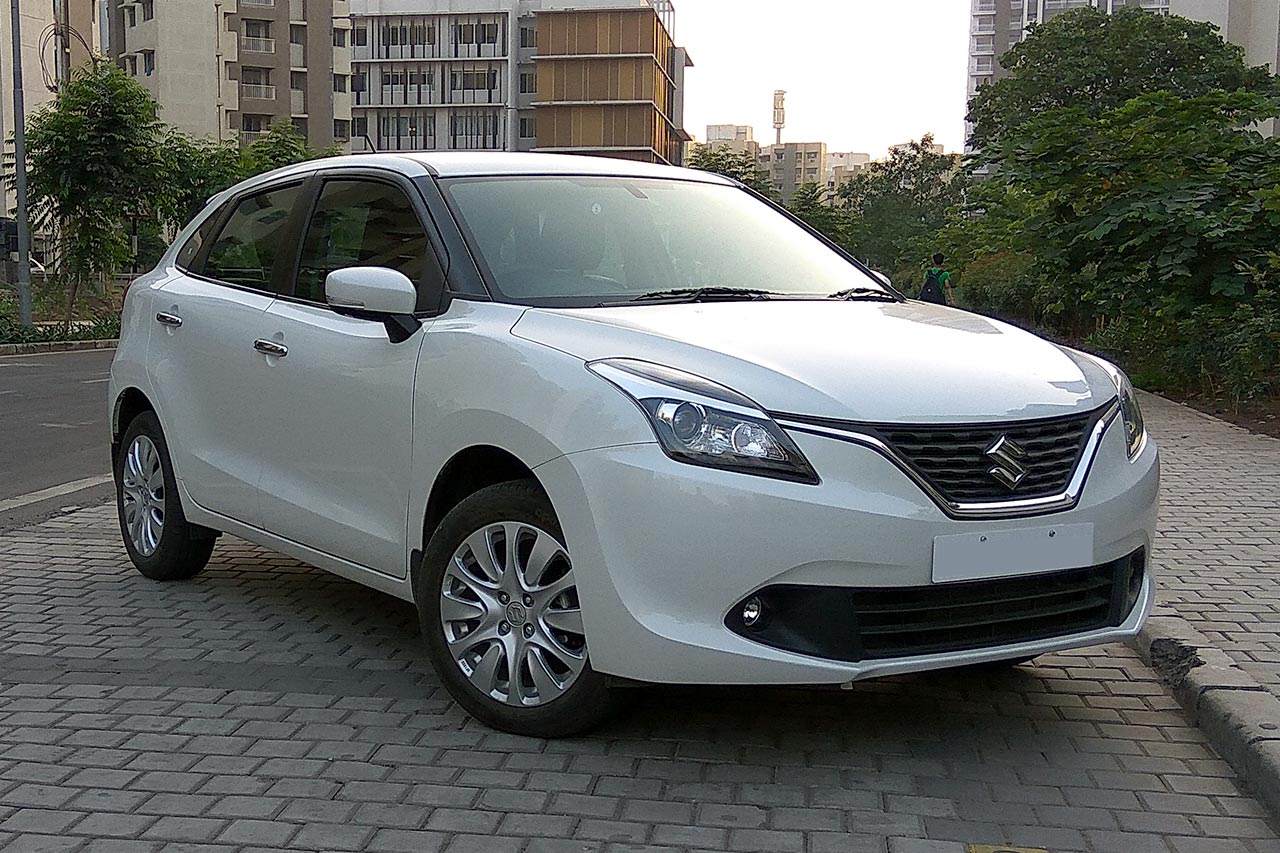India’s automotive landscape is at a crossroads. Following the 2025 Union Budget and recent policy shifts, whispers of further import duty reductions on cars are gaining traction. The stakes? Cheaper luxury rides and cutting-edge electric vehicles (EVs) for consumers, pitted against potential turbulence for the country’s homegrown auto giants. It’s a classic tug-of-war between affordability and industrial stability—and the outcome could reshape how Indians drive.
>>> Great Discounts on Car & Bike Accessories <<<

The Industry Under Pressure
India’s automobile sector is no small player. Contributing 7.1% to the nation’s GDP and employing 19 million people, it racked up a $150 billion turnover in 2022-23. But lowering import duties could throw a wrench into this well-oiled machine. Domestic giants like Maruti Suzuki, Mahindra and Tata Motors might see their market share skid as cheaper imports flood in, forcing them to either cut prices or turbocharge innovation.
The Global Trade Research Initiative (GTRI) isn’t mincing words, warning that drastic duty cuts could stall local production entirely. They point to Australia’s 1987 misadventure, where duties dropped to 5%, leading most manufacturers to shut down and leaving the country reliant on imports. In India, foreign brands like Tesla, Mercedes-Benz, and BMW could capitalize on lower duties to boost imports, potentially sidelining investments in local plants. Yet, the EV policy—requiring a $500 million investment and local production within three years for that sweet 15% duty rate—offers a lifeline. Tesla’s recent job postings in India hint at this strategy gaining traction.
Still, challenges abound. India produced 4.6 million cars in 2023, ranking fourth globally, with exports worth $8.7 billion for vehicles and $7.3 billion for components. But supply chain hiccups—think semiconductor shortages and Red Sea disruptions—plus a $20 billion reliance on imported parts (70% for engines and electronics) expose vulnerabilities. EVs, with 70-90% import intensity due to Chinese batteries, could deepen this dependency.
The 2025 Union Budget has already shifted gears, trimming the Basic Customs Duty (BCD) on luxury cars priced over $40,000 from a hefty 125% to 70%, though a new 40% Agriculture Infrastructure and Development Cess (AIDC) keeps the effective duty near 110%. Meanwhile, a bold EV policy slashes import duties to 15% for brands committing to local manufacturing within three years, a move already piquing the interest of Tesla, Hyundai, and Volkswagen. As India navigates this high-stakes policy road, the question looms large—will consumers score big with lower prices and more options, or will the domestic auto industry hit a dead end?
Consumers in the Driver’s Seat
For car buyers, lower duties sound like a dream ride. Imported luxury cars and EVs could see price tags shrink, making high-end wheels more attainable. Beyond affordability, variety could soar. Advanced tech not yet made in India—like cutting-edge infotainment or driver-assist systems—might roll into showrooms, pressuring local brands to up their game. Mercedes-Benz has already flagged how high duties stifle tech localization due to low volumes, so this could be a game-changer.
But there’s a catch. If domestic manufacturers stall out, job losses could ripple through the economy, denting consumer confidence and, ironically, choice down the road. Reports suggests that there is buzz of Indian auto giants lobbying to keep duties sky-high, underscoring the tug-of-war between industry survival and buyer benefits.
Affordable pricing for imported cars might also force domestic players like Maruti Suzuki, Mahindra and Tata Motors to up their game, delivering better quality or sharper price tags. It’s a win for choice and wallets, at least in the short term.
The consumer lens reveals a bittersweet twist. Yes, prices drop and options grow, but if domestic manufacturers falter, job losses could ripple through the economy, dimming long-term prospects. It’s a polarized debate with no easy answers.
Steering the Future
So, what’s the road ahead? The Global Trade Research Initiative urges caution—stick to current tariffs, boost R&D for homegrown tech, and lean on incentives like the Production Linked Incentive (PLI) scheme. Others advocate a phased duty reduction or tying cuts to local production mandates, as seen with EVs. India’s policymakers face a high-stakes call: turbocharge consumer benefits or safeguard an industry that’s been a national pride.
As policymakers burn rubber on this decision, the stakes couldn’t be higher. India’s automotive future hangs in the balance—will it be a smooth highway for all, or a bumpy detour for some? One thing’s clear—this isn’t just about cars. It’s about where India steers its economic engine next. Stay tuned as this debate revs up.
